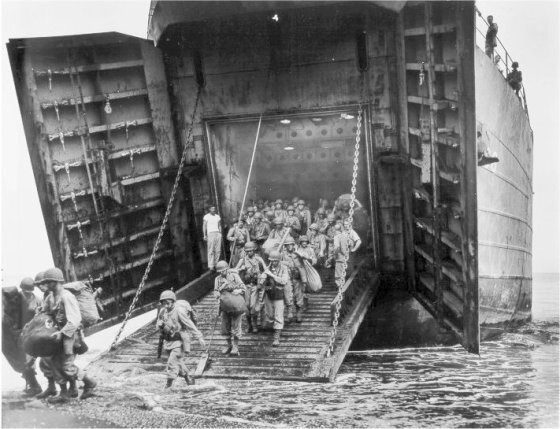-
Into the eye of chaos–River Tender Pamlico in Hurricane Katrina, Part II. The Clean Up
—Katrina destroyed between 70-90% of all the navigational aids on the Mississippi River south of Baton Rouge. With rescue and evacuation activities complete, Pamlico’s next priority was to restore aids to navigation and to make the river more accessible for recovery activities.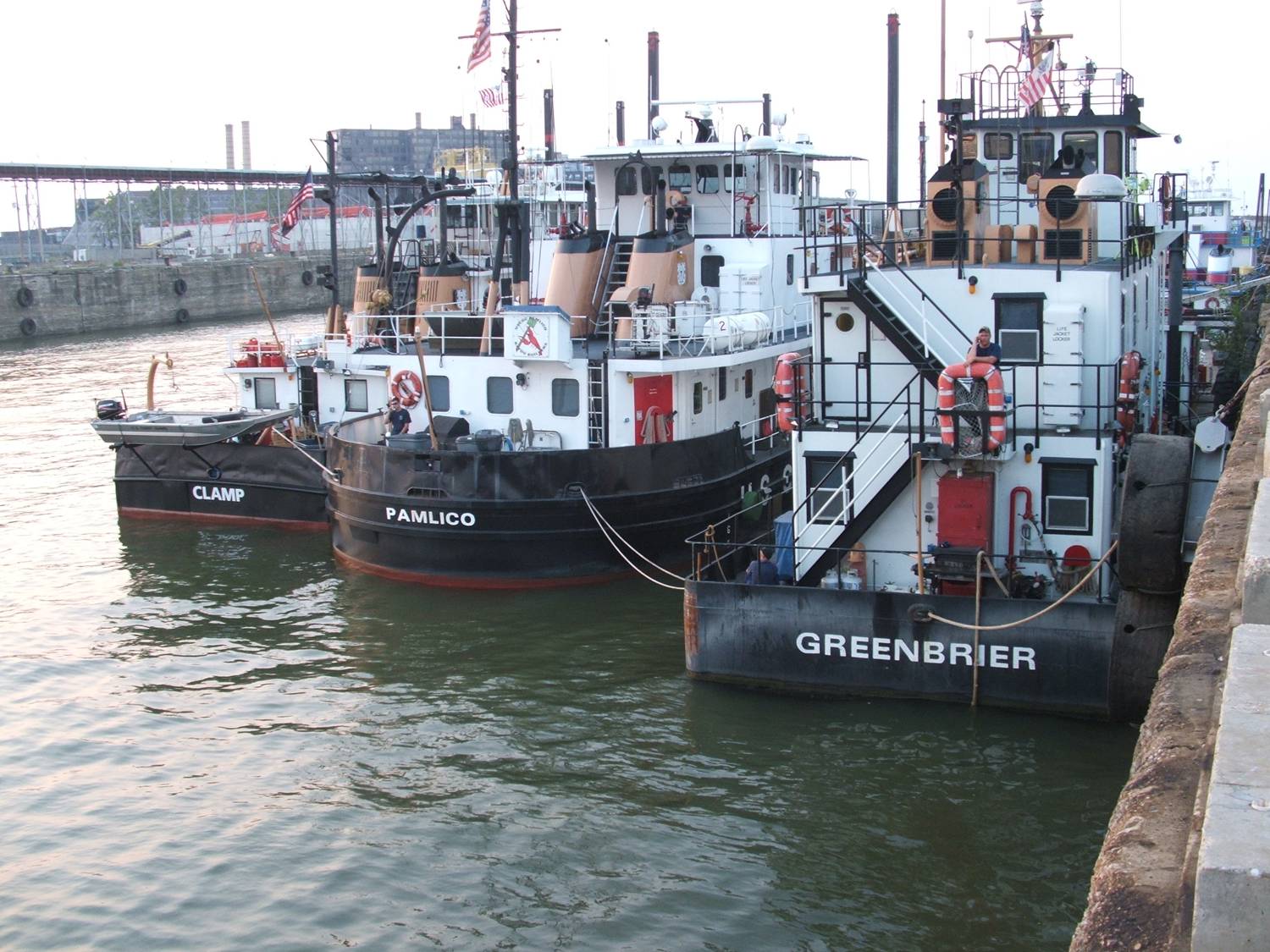
-
Into the eye of chaos–River Tender Pamlico in Hurricane Katrina, Part I. The Response
—The Coast Guard’s response to Katrina was not simply wild improvisation. After gaining significant hurricane response experience during Hurricanes Hugo and Bob, planning, training, and extensive preparations were made for a catastrophic weather scenario. Coast Guardsmen in the field would rely heavily on these plans and preparations. These instructions could be summarized as “don’t wait for permission,” and they became the basis for successful improvisation.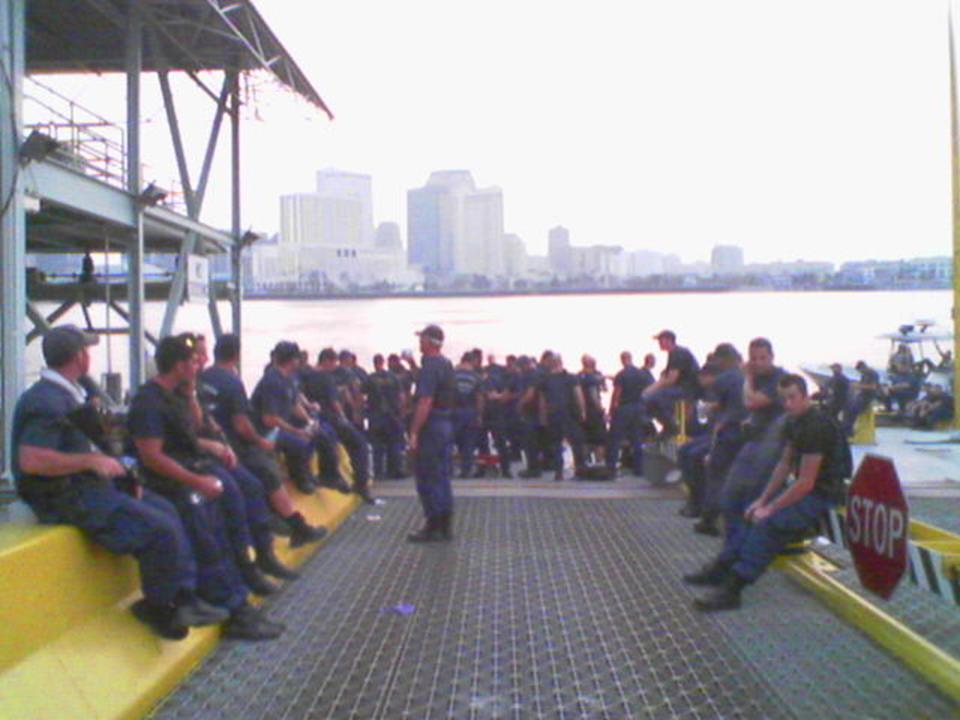
-
Hoyle’s Hell—Coast Guardsman masters the bloody beaches of the Pacific
—Not every American amphibious assault in the Pacific was a bloodbath. Some were executed with considerable strategic acumen and tactical guile. Eniwetok would be Hoyle’s finest and toughest hour as a Beachmaster.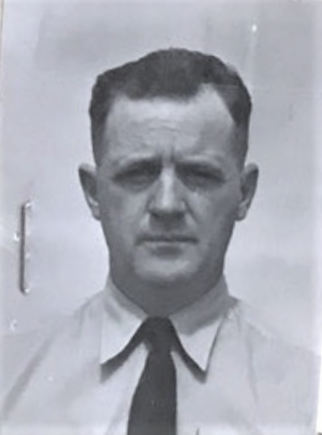
-
Coxswain for all invasions—Robert Ward and the Joseph T. Dickman at D-Day
—While Omaha saw the worst fighting on D-Day, Utah beach would prove a career highlight for Seaman First Class Robert Ward.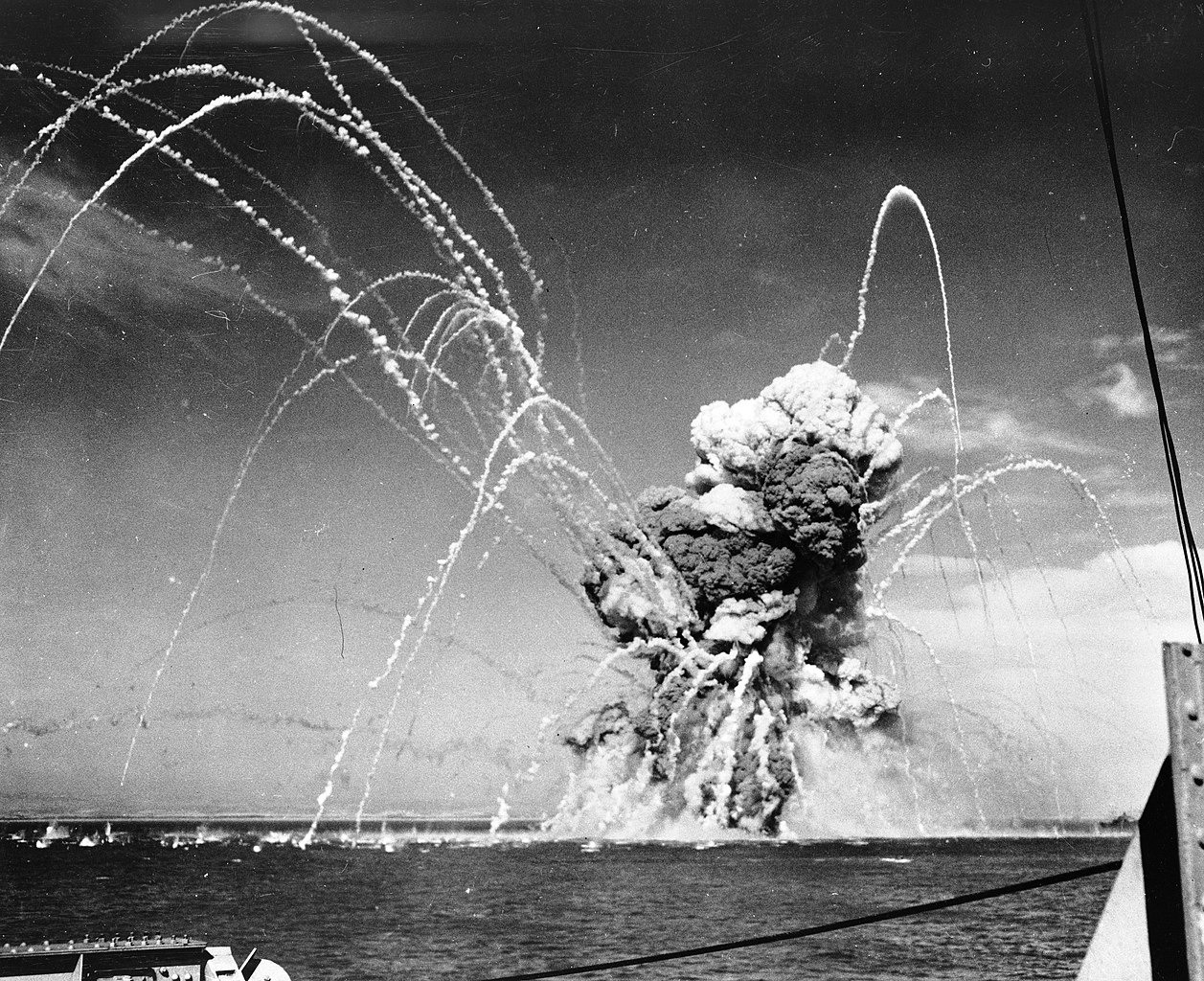
-
Defending a “Large, Slow Target”—Joe Gerczak’s service and sacrifice from Philly to New Guinea
—Facing kamikaze attacks, Joseph Gerczak provides an example of unrelenting courage.